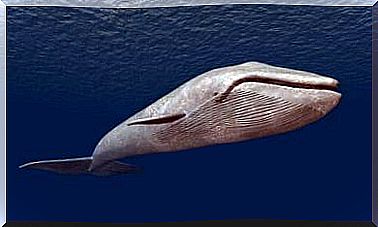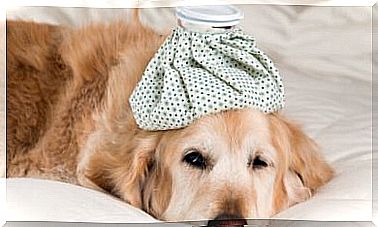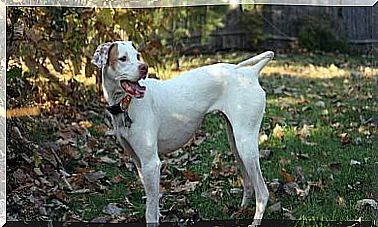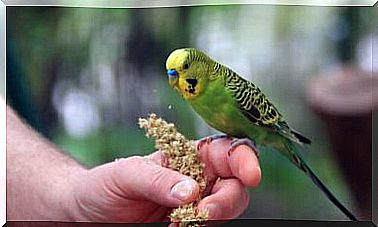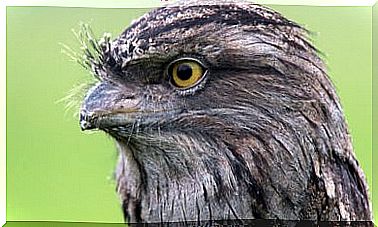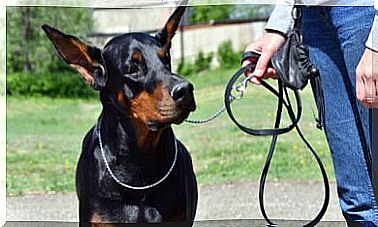What Treatments To Use In Overweight Dogs?
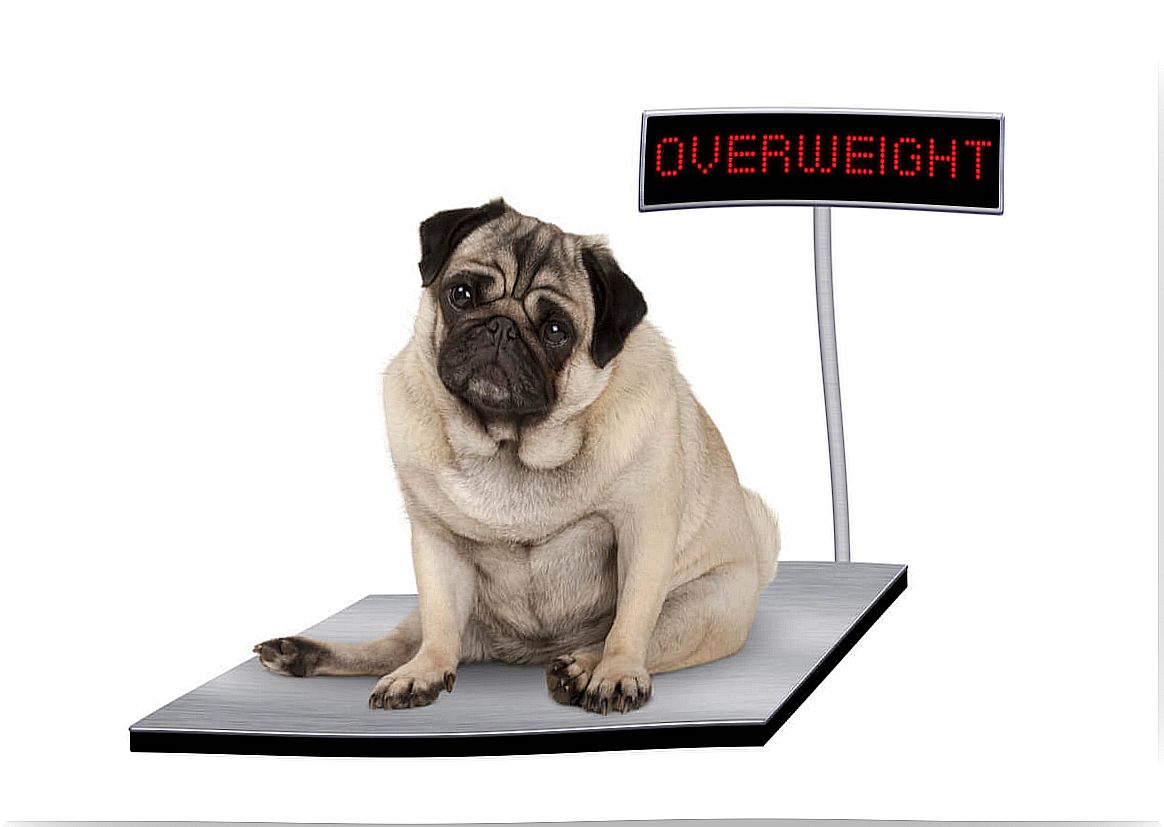
It seems that treating overweight dogs sounds weird, doesn’t it? Nothing is further from reality, since these types of disorders are pathologies that can severely damage the general health of the dog. Like any other disease, facing it with the appropriate treatment is necessary.
However, in practice this is not so easy, since canine overweight is not usually understood as something to be treated, despite the fact that it is one of the most frequent diseases in the veterinary clinic.
Therefore, today we are going to explain how this condition can be managed and the method to ensure that overweight dogs reach an optimal body condition. Of course, this will improve your quality of life.
When is a dog overweight?
Overweight is defined as an accumulation of body fat in excess enough to affect the correct functionality of the physiological mechanisms, as well as to predispose to the development of certain pathologies. Unfortunately, eating disorders in pets are too common and normalized diseases in society.
The evaluation of the body condition of the dog is sometimes complex. However, in a generic way it can be measured in two ways:
- An excess of weight of around 30-40% with respect to the stereotype denotes an eating disorder.
- The inability to correctly palpate and count the dog’s ribs indicates that the dog is overweight.

Nutritional management of overweight
One of the basic pillars of managing this condition consists of a simple premise: that the amount of calories ingested is less than those expended. When the dog ingests more calories than his body consumes throughout the day, that excess energy will accumulate in the form of fat in the adipose tissue.
After this express nutrition and metabolism class, we can deduce that it is necessary to modify the quantity and / or quality of food administered to the animal. Next, we show you various ways to tackle this problem.
1. Administer low calorie feed
This type of feed provides the animal with a limited caloric intake, but without modifying the rest of the components. In other words, a low-calorie feed constitutes a complete and balanced diet that can be consumed in the long term.
In addition, the dog usually feels a quick satiety with this type of feed, so it is not difficult to carry out the weight loss, since the affected person does not remain hungry.
On the negative side, it should be noted that, due to their less fat composition, these feeds tend to be less palatable for the animal. This means that they can be little tolerated by gourmet dogs.
2. Reduce the amount of feed
This measure can be effective, especially in dogs that have difficulty eating other feed. However, in the long term it is not usually recommended, since nutritional deficiencies can be generated in the animal.
3. Reduce the amount of prizes or snacking
The food between meals, such as jelly beans or food from home such as cookies or bread, are very caloric elements that quickly lead the dog to a state of obesity. For this reason, reducing or avoiding these habits is very useful in cases in which the abuse of these rewards is frequent.
Exercise as part of treatment
If physical activity is increased, the amount of calories consumed also increases, which translates into a progressive thinning of the animal. Logically, this therapy must be adapted to each pet and their situation, since a dog who is 12 kilos overweight cannot be put to run 10 kilometers a day.
At the beginning, the physical activity will be moderate, so it is advisable to start with small and short walks. As the animal gains resistance and loses weight, the frequency and intensity can be increased.
It is also not necessary to get the dog to finish a marathon, being able to run after a ball without fainting in the attempt is sufficient during the early stages of training.
Owner education
Perhaps the most complex treatment. On many occasions, it is difficult to get the dog’s guardian to understand the disease condition that is overweight.
Ending the chubby dog is a happy dog mentality, all too often, is the cornerstone of therapy. For the dog to lose weight, it is essential to have the owner’s collaboration before anything else.
From here we are aware of how complicated it is to deny a dog a treat while looking with those eyes that only he knows how to put. However, it must be understood that it is not suitable for the diet of this species and that its obesity requires disciplined treatment.
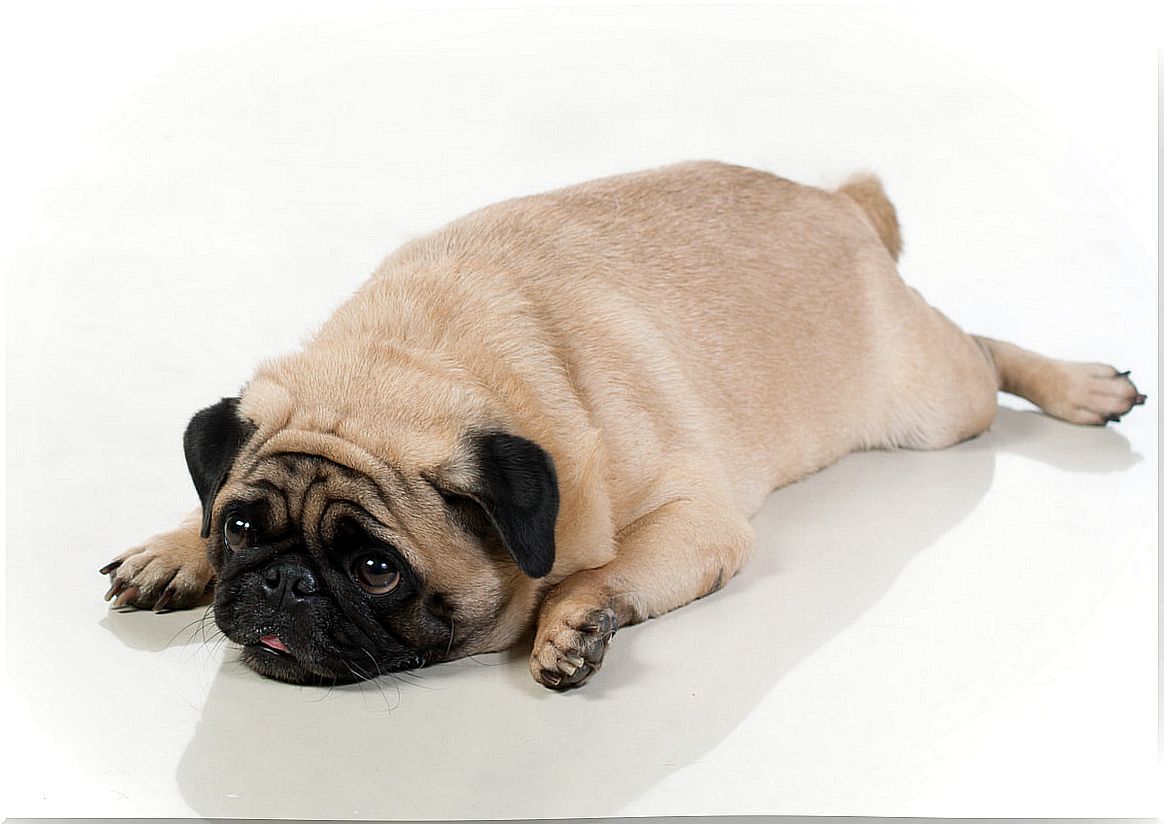
In short, we hope that we have conveyed the importance of considering overweight as the disease that it is and that the advice described here will be useful to bring the dog to its optimal body condition.
